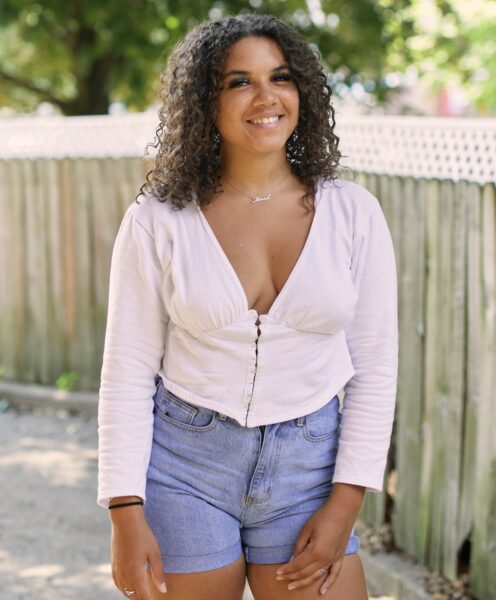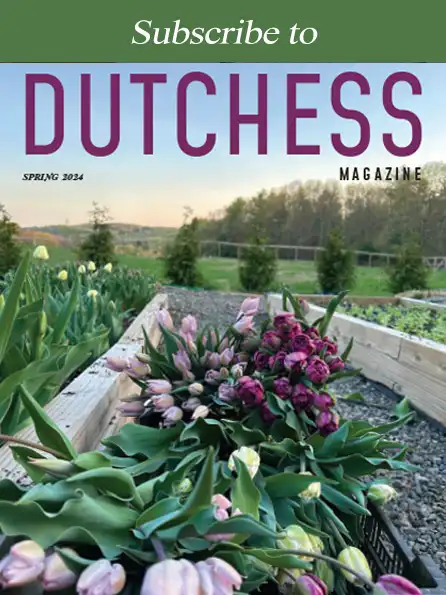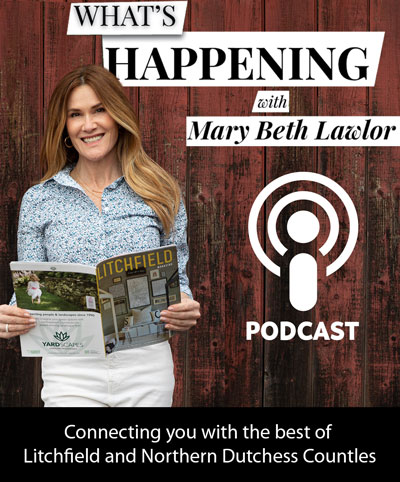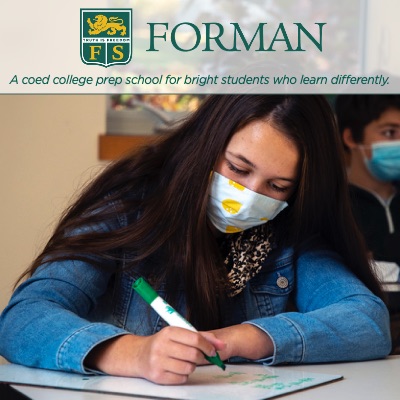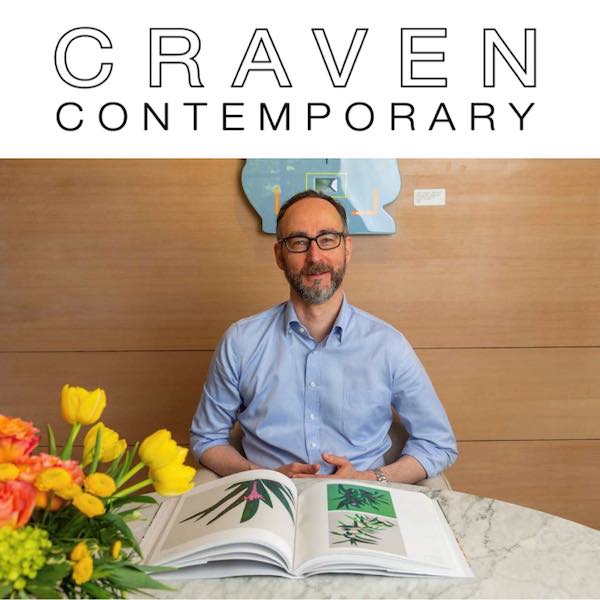Two very different schools come together and everybody wins.
By Hannah Van Sickle
Fifty years ago, Children’s Community School (CCS) was established in the basement of Waterbury’s Berkeley Heights Housing Project. The pre-K-grade five school, serves inner-city children whose families live at or below the federal poverty level—97% of whom identify as Black or Hispanic. At first glance, CCS might seem the antithesis of Washington Montessori School (WMS), tucked 20 miles away in the rural Litchfield Hills. Upon closer examination, clear parallels emerge: the culture at WMS is based on respect, inclusiveness, and collaboration, while CCS boasts a robust curriculum and unique experiences—one of which is the Community Partnership Program (CPP), a collaboration that provides middle school education at WMS to a pair of CCS graduates each year—identified as potential academic and social leaders. The goal is to provide all students a more broad and diverse environment in which to grow and learn.
Barat DelVicario spearheaded development of the partnership, established in 2005, based on a growing rapport between the two schools. More than 25 years ago, her fourth and fifth grade students at Washington Montessori School sent the proceeds from their first gingerbread house project to CCS; when the longtime educator transitioned to middle school, she took her students to Waterbury for a pair of community service days each year. “The kids got to know each other, work with one another in the classroom, and they all loved it,” says DelVicario while emphasizing the program’s goal: to prioritize education for students from all socioeconomic backgrounds as a means of enriching the community at large. Or, in the words of CCS principal Katherin Sniffin, “to reach urban students and give them an equitable shot at a great education.” To date, thirty students have benefited from this program.
Last year, CCS added a sixth grade; still, the collaboration remains strong. “When you get a child who is thriving and expanding, sometimes we can’t be the best school,” says Sniffin citing the partnership program with WMS as “a great gift,” one that allows many families a path into the rigorous and diverse opportunity that comes with the added enrichment that WMS provides—something longtime educator Tom Fahsbender has witnessed firsthand.
“Diversifying the class group changes the conversation,” says Fahsbender in a nod to kids’ natural curiosity. Adolescents want to know about one another: where they live, who is in their family, and what they do outside of school. “It gives them a sense of the variety of life experience others have,” he says of the diverse student body at WMS which, in turn, creates a microcosm of the world in which we live.
Adding more points of view, like that of Mariah Fortunato, enriches the entire community. “This program changed the whole course of my life,” says Fortunato, a 2012 graduate of WMS who went on to attend Westover School in Middlebury and is currently a “super senior” at UCONN where she is majoring in Psychology with a minor in Urban and Community Studies. Fortunato has experienced what she calls, “both sides of the spectrum,” and cites having come from a poor, inner-city family and experiencing private school life as informing her passions and shaping her life. “I am grateful to have gotten the chance for an education many people don’t,” she says, acknowledging that the transition from a predominantly Black school to a predominantly white one was difficult at first. For students like Fortunato who come from chaotic homes, school provides a sense of stability; still, she returned to challenges at home each evening—namely, a parent struggling with drug addiction—a situation
with which many of her peers were not familiar.
Fortunato is now determined to create opportunities for kids who grew up like she did, thanks in large part to having benefited from the WMSCPP. Her dream goals include becoming an inner-city school counselor and opening a nonprofit center to provide after-school structure—from tutoring and counseling to nutritious meals and recreational activities—to inner-city kids.
“We survive and thrive because so many community partners believe in what we are doing,” says Sniffin, a sentiment with which DelVicario agrees. “I’m just so proud to be part of something that has been so successful,” she shares. “It’s a win-win for everybody.”




